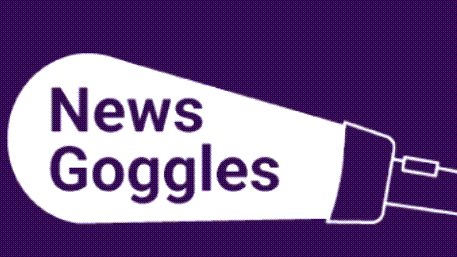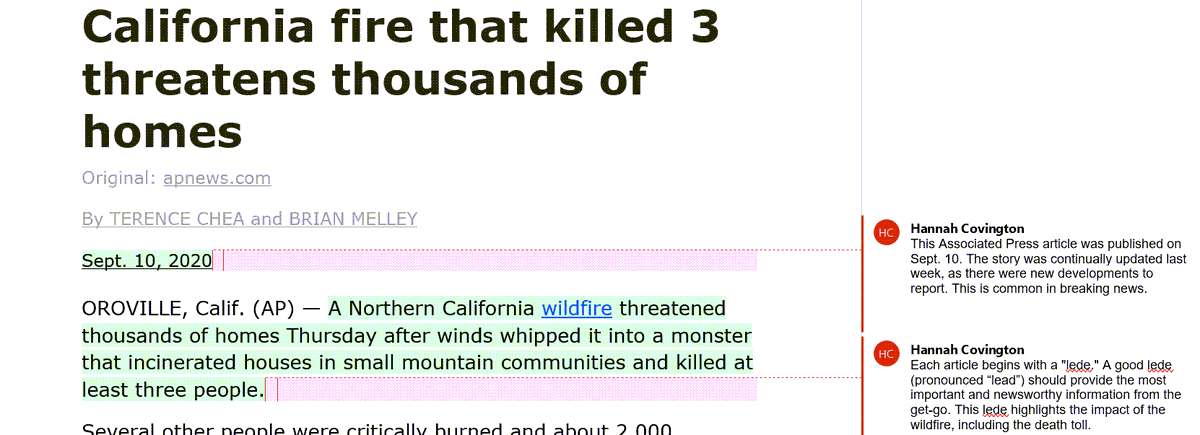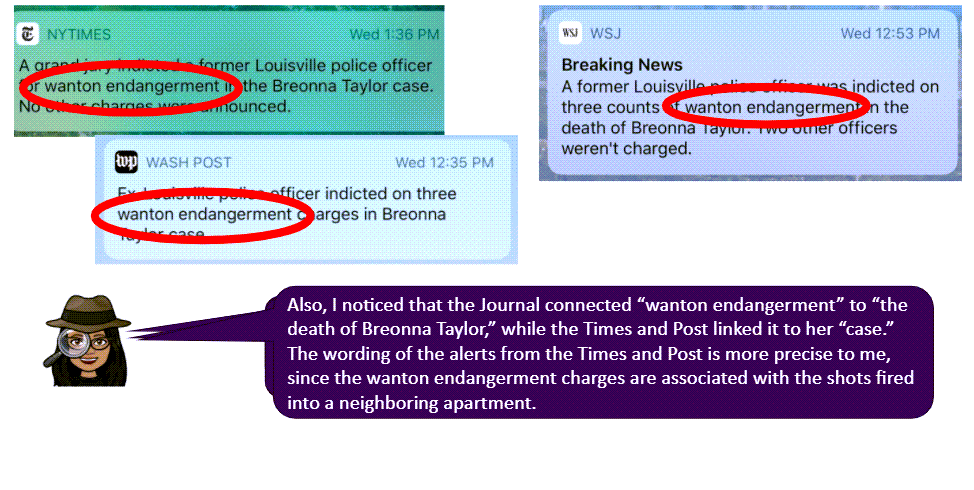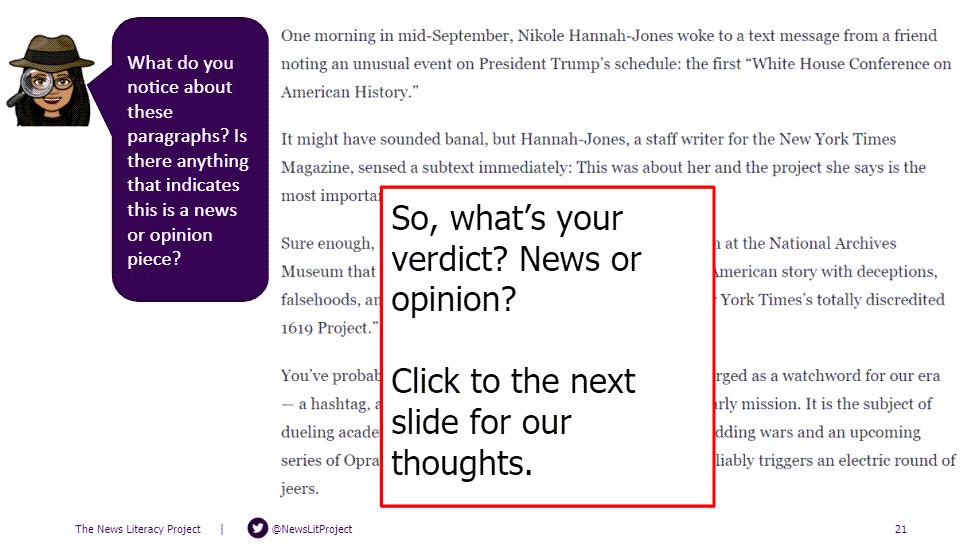
1/ Students can (and should!) think like journalists while reading news coverage.
In "News Goggles," @BySuzannah and I show them how. It's a new feature in The Sift® with classroom-ready resources.
Love slide decks? Hate making 'em? We do that, too. #sschat #edchat #engchat
In "News Goggles," @BySuzannah and I show them how. It's a new feature in The Sift® with classroom-ready resources.
Love slide decks? Hate making 'em? We do that, too. #sschat #edchat #engchat

2/ We turn #newsliteracy concepts into bite-sized classroom activities. These slides make great bellringers!
Some weeks, we offer paragraph-by-paragraph annotations of news reports — like on this AP story on deadly wildfires.
SLIDES —> drive.google.com/file/d/1D6bez_…


Some weeks, we offer paragraph-by-paragraph annotations of news reports — like on this AP story on deadly wildfires.
SLIDES —> drive.google.com/file/d/1D6bez_…



3/ How do you know that a report can be trusted? We break down public records and watchdog journalism, as in this @propublica investigation.
SLIDES —> docs.google.com/presentation/d…
SLIDES —> docs.google.com/presentation/d…

4/ / Here students can compare breaking news alerts on the fatal shooting of Breonna Taylor. We ask them to consider word choices, framing and details.
SLIDES —> docs.google.com/presentation/d…
SLIDES —> docs.google.com/presentation/d…

5/ As journalists, we offer insights on things like editor’s notes. (What are they? What purpose do they serve?) We dig into this recent example from @nytimes
SLIDES —> docs.google.com/presentation/d…
SLIDES —> docs.google.com/presentation/d…

6/ Can your students tell the difference between news and opinion? Use this activity focused on the @nytimes 1619 Project and put them to the test!
SLIDES —> docs.google.com/presentation/d…
SLIDES —> docs.google.com/presentation/d…

7/ We also unpack timely debates unfolding in newsrooms, like the recent petition against “pay-for-clicks” at the Sacramento Bee
SLIDES —> docs.google.com/presentation/d…
SLIDES —> docs.google.com/presentation/d…

8/ In one activity, we spotlight this important question: “When is race relevant in a headline?” Drawing from our newsroom experience, we explain how journalists make these decisions (often on tough deadlines).
SLIDES —> docs.google.com/presentation/d…
SLIDES —> docs.google.com/presentation/d…

9/ Ever wonder why news reports use phrases like “falsely asserts” or “without evidence?” These slides ask students to reflect on fairness and accuracy as they consider word choice and framing in post-election news alerts.
SLIDES —> docs.google.com/presentation/d…
SLIDES —> docs.google.com/presentation/d…

10/ Just last week, we focused on an editorial that the @ajc promoted on its front page and challenged students to separate fact-based statements from opinion-based statements in this promotion.
SLIDES —> bit.ly/EditorialAJC
SLIDES —> bit.ly/EditorialAJC
11/ #Teachers: So far this school year, we’ve made NINE classroom-ready slide decks and other resources. See what you think! How could we make News Goggles better?
Check out previous issues of The Sift here: newslit.org/educators/sift/
Check out previous issues of The Sift here: newslit.org/educators/sift/
• • •
Missing some Tweet in this thread? You can try to
force a refresh


